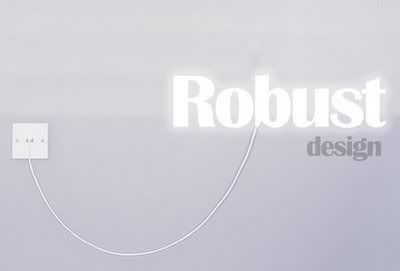Robust design method also called Taguchi Method pioneered by Dr. Genichi,greatly improves productivity by consciously considering the noise factors and the cost of failure to ensure customer satisfaction.it is defined as a design of a product so that its functionality varies minimally despite of disturbing factor influences. Robust Design also proven development philosophy focused on achieving target reliability. Approaching this aggressive goal requires that Robust Design principles be an early and integral part of the development cycle.
OBJECTIVE
The objective is to make the end-product immune to factors that could adversely affect performance. Robust Design requires that the following four factors be considered in the design process: signal, response, noise, and control.
ADVANTAGES
- Robustness reduces variation in parts by reducing the effects of uncontrollable variation
- Robust design lower quality parts or parts with higher tolerances can be used and a quality product can still be made
- Saves the company money
- More appeal to the customer
- Effectively deal with the noise
DISADVANTAGES
- The problem becomes large quickly
- Using orthogonal arrays, it assumes the noise factors are independent, which may be helpful in setting up the experiment, but is not necessarily a good assumption

No comments:
Post a Comment
Tinggalkan pesanan